Advertisement
Nurse-led Initiative strives to keep infants safe

As a Baby-Friendly Hospital, Cleveland Clinic’s Fairview Hospital encourages breastfeeding and bonding between mother and infant through close physical interaction. One challenge to these critical interactions, however, is ensuring the safety of the newborn. In the United States, there are approximately 600 to 1,600 newborn falls during postpartum hospitalization.
Advertisement
Cleveland Clinic is a non-profit academic medical center. Advertising on our site helps support our mission. We do not endorse non-Cleveland Clinic products or services. Policy
Sarah Tzvetkov, MSN, RNC-MNN, a clinical nurse on the unit, launched a newborn falls prevention initiative, beginning with a literature review to identify trends. “When I started my research, it was amazing how little had been done on this important topic,” says Tzvetkov.
Preventing newborn falls is important because not only can falls result in injury or even death of the baby, but falls can provoke feelings of guilt and shame in parents and caregivers. “One of the biggest pieces around this problem is the stigma,” says Nora Knipper, MSN, RN, Nurse Manager of Fairview’s Mother and Baby Unit. “If you as a mom drop your baby, you are embarrassed and maybe even afraid someone will take your baby away from you.”
Some factors that can contribute to newborn falls include the following:
After studying the issue of newborn falls, Tzvetkov and Knipper worked collaboratively with a team of caregivers to create newborn fall prevention protocols. The team included clinical nurses from the Mother and Baby Unit and Fairview’s Birthing Center, a lactation and childbirth educator, pediatricians, neonatologists and a representative from the Quality Department. It also included the nurse manager from the Mother and Baby Unit at Cleveland Clinic’s Hillcrest Hospital, which also wanted to tackle the issue of newborn falls.
The team developed a comprehensive approach to falls prevention, including educational materials for parents and clinical decision-making tools for nurses.
Advertisement
Cleveland Clinic’s goal is zero newborn falls. Fall prevention initiatives begin on admission to the unit. Nurses review the following educational materials with parents and family:
In addition, nurses assess the safety and risk factors for the newborn. They also assess the risk of mothers falling using the hospital’s Fall Minimization and Post Fall Care Adult Protocol. Nurses use their judgment to determine if parents and family members are absorbing the education provided.
Advertisement
“We give our patients so much information from the moment they come through the door on the Mother and Baby Unit,” says Knipper. “The bedside nurse needs to discern if the mom isn’t listening because she was in labor for 19 hours, pushed for three hours and ended up in a C-section. The patient may not be ready to hear key information. The nurse may have to come back again.”
As part of the newborn falls initiative, the team also developed standard operating procedures for when a fall occurs. “In the past, there was no clear cut protocol for what to do with a baby that had just fallen,” says Tzvetkov. “We needed standardized procedures so that every baby receives the same care, even if the incident seems minor.”
Now, babies who fall are immediately taken to the newborn ICU for observation. Based on the findings, they may return to the Mother and Baby Unit or remain in the NICU for care. In addition, nurses complete a debriefing tool that includes factors that contributed to the event, pertinent background information, an assessment of the baby and a recommendation for care.
“We talk about falls very transparently with patients and families and display information prominently on the unit and in the rooms,” says Knipper. “That helps prevent falls.”
Advertisement
Advertisement

Clinicians prepare to deliver lifesaving care in the face of public health threats

Phone triage system reduces call backs and delays in care
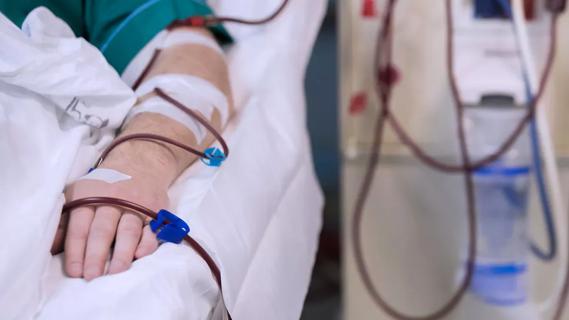
New protocol reduces costs, increases patient and caregiver satisfaction
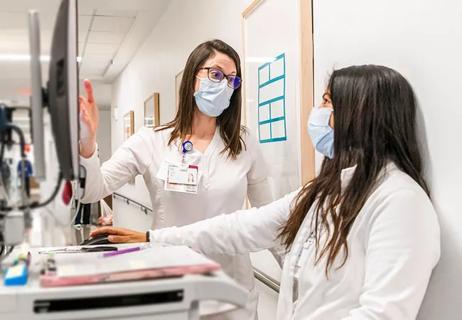
New options benefit caregivers, nursing units and patients
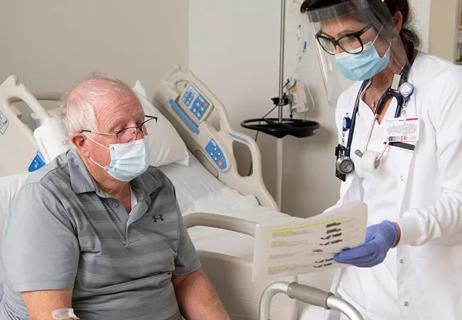
Nurses facilitate preoperative program to educate and prepare patients for ongoing care
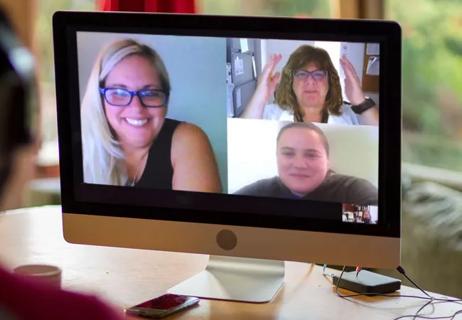
Introduces at-home work and new patient screening tool
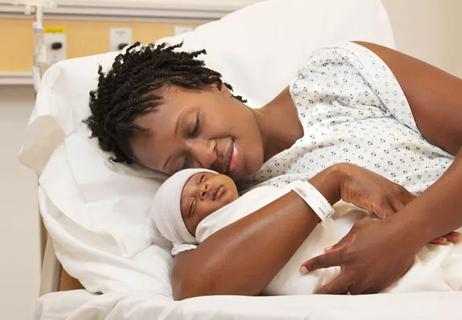
Health disparities, mental health and more

Ideas for approaches to prevention, response and more